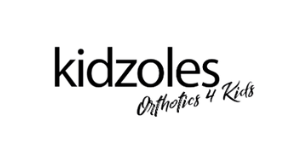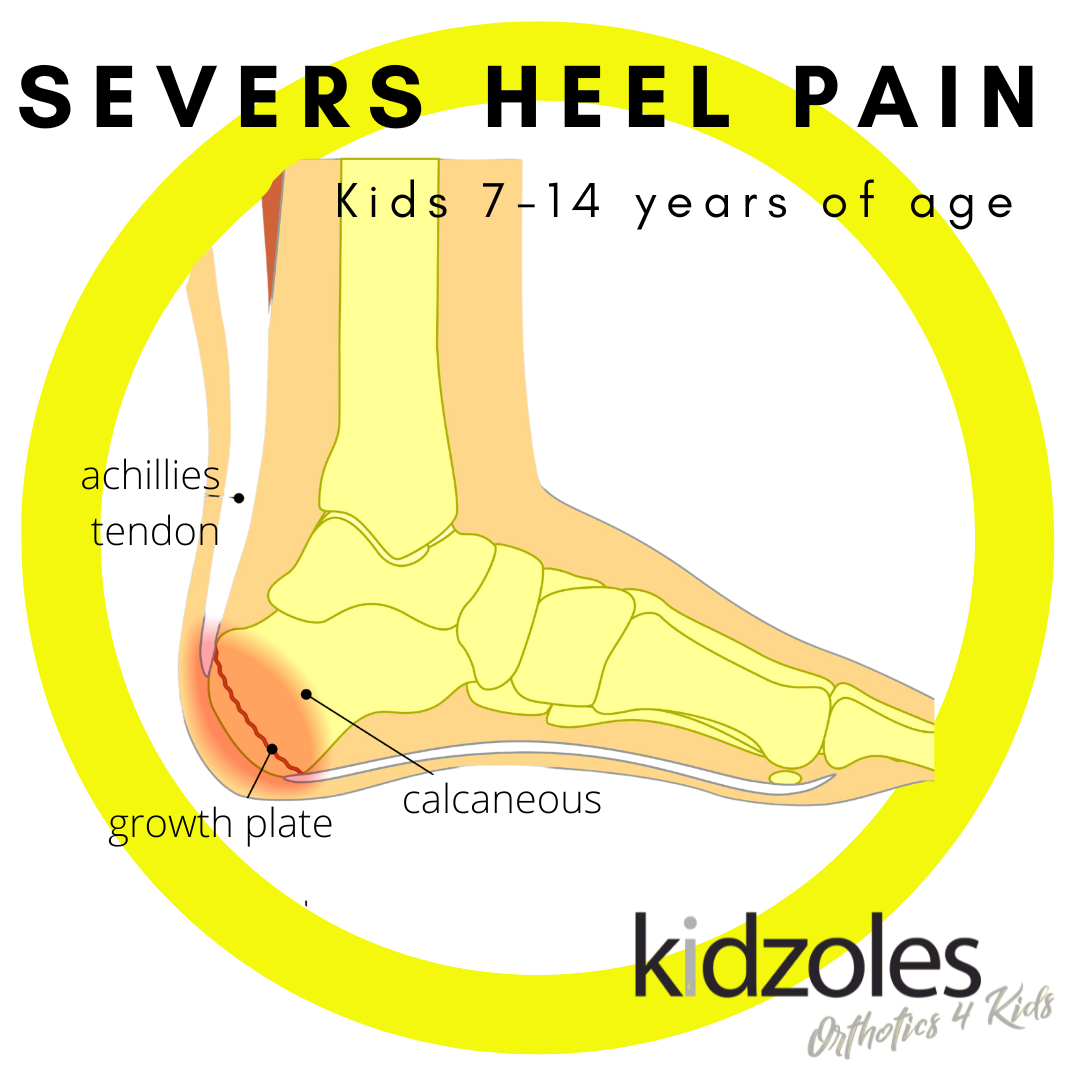Children with Heel Pain
In kids between 7-14 years old the most common diagnosis of Heel Pain is Severs Disease, otherwise known as Calcaneal apophysitis.
Pain develops within the growth plate of the Heel bone due to a compression and/or pulling force against the heel as our children move. As they begin to increase their activity and do more jumping, running and propulsive movements, the biomechanical action of the Achilles Tendon and Plantar fascia against the Heel can cause pain.
The growth plate of the heel is softer and more vulnerable to active forces than soft tissue structures at this age.
At approximately 15 years of age the growth plate will become solid bone and no longer be sore. However, some children that have had Severs pain will go on to develop Achilles Tendonitis or Plantar Fascitis. The trauma and force that has caused the Severs does not vanish. What is boney pain in young bodies growth plate then can become soft tissue pain in mature Adult bodies.
We now understand that the force causing Severs pain in younger kids applies physical stress to the growth plate. It is important to strengthen the lower limb and provide support to negate those outside stresses. Kidzoles heel pain program works well to manage both Severs heel pain and Achilles Tendonitis.
Strengthen + Support +
Strengthen + Support +
Doing a 4 week staged exercise program to increase strength of the lower limb allows us to move forces up into larger muscle groups that can tolerate them better. This is achieved through Kidzoles online course for Heel Pain. Video exercises that change weekly to develop strength safely. Only go for 10 minutes to keep engagement. Plus extra pain relief and strapping tools to lower pain quickly.
Strengthen
Changing the Lever axis that the foot and ankle work around as your child runs and jumps can drastically reduce the force entering the Heel. We accomplish this with Kidzoles orthotics that are pitched close to the ankle to provide this effect.




